Drug addiction remains a significant problem across the United States. Despite what some may believe, substance abuse struggles are not the result of a lack of discipline or a moral failing. Anyone can become addicted to substances no matter their age, gender, income, or background. Drug scheduling is a system of categories that classifies drugs based on their potential for abuse and medical value. This system provides insight into just how addictive substances are. If you or a loved one struggles with a highly addictive drug, understanding drug scheduling can help you find the appropriate treatment and support necessary for recovery.
For those looking for a Los Angeles drug rehab program, California Centers for Recovery can help you. We created customized treatment and detox plans for each client to meet their unique needs and recovery goals. Each client’s treatment plan depends on various factors, including their health, how long they have been struggling with addiction, and the schedule of the drug.
What Is Drug Scheduling?
Drug scheduling refers to the distinct categories, or schedules, that consider the drug’s acceptable medical use and the drug’s abuse or potential for dependency. The Drug Enforcement Administration (DEA) uses these classifications to help categorize current and developing drugs and helps lawmakers, law enforcers, and medical professionals understand how to best handle a particular substance.
The five schedules of drugs are:
- Schedule I – Drugs, substances, or chemicals with no accepted medical use and a high potential for abuse.
- Schedule II – Drugs, substances, or chemicals with a high potential for abuse and the potential for use to severe dependence.
- Schedule III – Drugs, substances, or chemicals with a moderate to low potential for physical and psychological dependence.
- Schedule IV – Drugs, substances, or chemicals with a low potential for abuse or dependence.
- Schedule V – Drugs, substances, or chemicals with a lower potential for abuse or dependence.
Drug scheduling can play a significant role in providing individuals with proper treatment. However, no matter what schedule or drug you are addicted to, finding a professional rehab program is imperative for successful recovery. Drug addiction significantly impacts your physical and mental well-being. A detox and rehab program will offer the care and support you need to become sober and reclaim your life.
Commonly Abused Substances
Schedule I drugs are considered the most dangerous and carry a high risk for misuse and addiction. These include substances such as heroin, LSD, ecstasy, and marijuana. Schedule II drugs are also considered highly addictive but are also considered medically acceptable for treating conditions like chronic pain. Some common ones include Vicodin, OxyContin, Methadone, and fentanyl.
Some of the most commonly abused substances include Schedule I through V drugs like:
- Heroin
- Fentanyl
- Prescription opioids
- Prescription stimulants
- Cocaine
- Marijuana
- MDMA
- Crystal meth
At California Centers for Recovery, we help our clients through every stage of their recovery journey, from detox to rehab. Our dedicated team of professionals understands how these commonly abused substances impact your path to treatment and healing. We provide individuals with a safe, supportive environment with high-end amenities and services to foster long-term sobriety.
Luxury Drug Rehab at California Centers for Recovery
If you are struggling with drug addiction, do not wait to seek treatment. Our treatment center will ensure you get through each stage of treatment safely and successfully. At California Centers for Recovery, we provide many addiction treatment services to help our clients in their healing and recovery journeys. These programs include:
- Residential treatment
- Dual diagnosis treatment
- Detox programs
- Women’s rehab program
- Men’s rehab program
- Group therapy
- Family therapy
- 12-step recovery
Enroll in our luxury detox and rehab programs today. Contact us online or call 877.328.5682 to take the first steps in your recovery.











